Walking In Norfolk
We love walking in Norfolk. With gently rolling countryside (no mountains!), and a hugely diverse range of places to step out, from deserted beaches to ancient forests, colourful poppy fields to historic sites, you could take a walk in our county every day of the year and never step in the same place twice.
Whether you are planning a gentle stroll or want to undertake a serious hike, here are some of our favourite places to go walking in Norfolk.
If you are bringing your furry friend with you, please remember to keep dogs on leads whenever there is livestock about, and be aware that some of the county's beaches are off-limits to animals, especially during the summer season.
Cover image: Unsplash/Angelo Pantazis
- Table of contents
- North Norfolk Coastal Path
- Sheringham Park
- Deepdale Farm Biofluorescent Night Walks
- The Weavers' Way
- Blickling Park
- Peddars Way
- A Walk On The Wild Side
- Paston Way
- Marriott's Way
North Norfolk Coastal Path
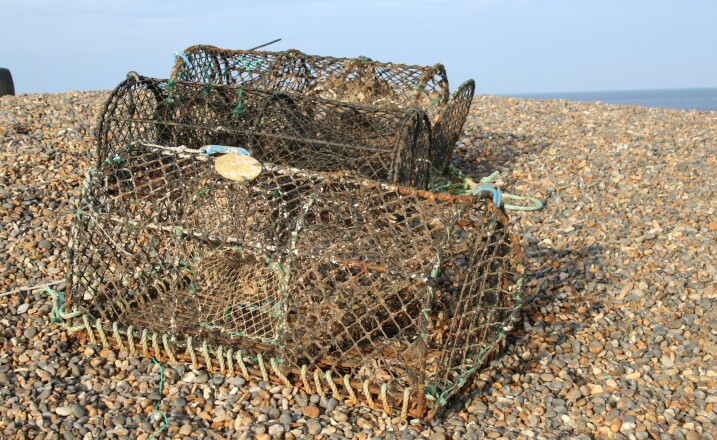
If you want to experience the very best that the North Norfolk coast has to offer, this is the trail for you. Running 42 miles from Cromer in the east to Hunstanton in the west, you will walk through wooded hills, along dramatic cliffs, across breathtaking salt marshes, along wide sandy beaches and shingley shorelines, and you'll see multitudes of wildlife, from big flocks of geese to the famous seals at Blakeney Point.
Along the way you will visit many lovely coastal towns and villages where you can grab a bite to eat and explore the local history: Cromer with its pier; Sheringham for fish and chips; Cley-next-the-Sea with its famous windmill; Blakeney with its flint cottages; Wells-next-the-Sea with its pretty harbour; Holkham with its beach made famous by Hollywood; Burnham Overy where Nelson learnt to sail; Brancaster for its mussels; and Hunstanton for Norfolk's only west-facing seaside resort.
You don't have to tackle the whole 42 miles - the Coasthopper bus service runs regularly along the route, allowing you to plan a major hike or a more modest hour or two's walk.
Image: Unsplash/Neil Mewes
Find out moreSheringham Park
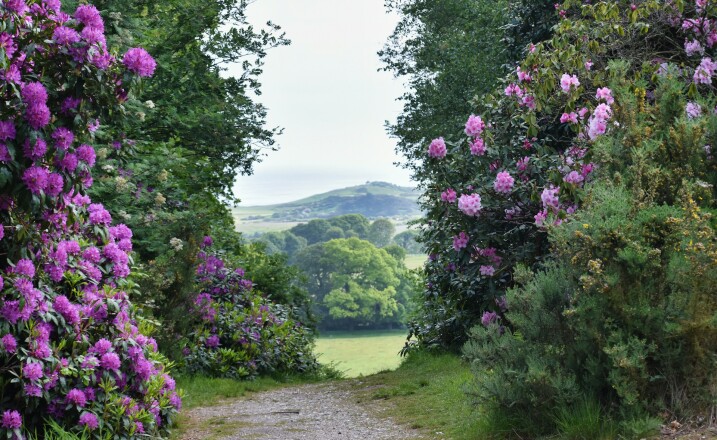
A fine example of a Humphrey Repton landscape, the 1,000 acre Sheringham Park was laid out by the famed designer in 1812, and boasts a variety of habitat including woodland, parkland and clifftops. The Park is famed for its vast collection of rhododendrons and azaleas, as well as two viewing towers affording fine vistas of the surrounding countryside and across the coast to the North Sea.
A delightful seven mile (11.2km) woodland and coastal walk has been devised by The National Trust, which manages Sheringham Park. The walk takes in most of the Park including Repton's Temple and one of the gazebos, as well as crossing the North Norfolk steam railway, and taking in a stretch of beach east of the lovely town of Weybourne. There are various places to stop for refreshments on the way. The walk is dog-friendly. It passes cliff edges and deep ponds, and has some steep paths, so suitable footwear is recommended.
Image: Unsplash/Andrew Hall
Find out moreDeepdale Farm Biofluorescent Night Walks

Here is a walk with a difference - the chance to discover the fascinating world of biofluorescence, a unique phenomenon where certain organisms emit light in different colours than the ones they absorb. Equipped with UV torches, walkers are guided through land on Deepdale Farm in Burnham Deepdale to discover this amazing phenomenon up close.
Walkers will witness a stunning display of biofluorescent organisms in their natural habitat, from fungi to insects and plants, and will encounter a diverse array of species that come alive with vibrant hues of green, blue, red, purple, orange, and more, revealing Nature's hidden spectacles.
The 1.5 hour walk is over a maximum distance of two miles, and takes place in the evening on specific dates in October and November.
Image: Reveal Nature
Find out moreThe Weavers' Way
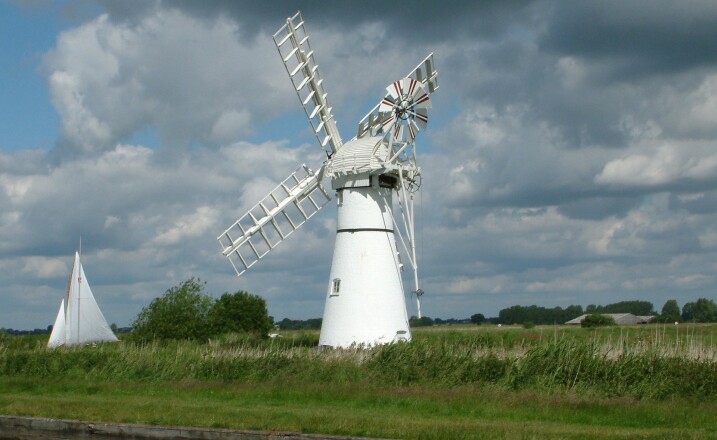
'Weaving' its way from Great Yarmouth to Cromer, the 61 mile (82km) Weavers' way is named after the important weaving industry which flourished in the Middle Ages in this part of the county.
The footpath - some of which follows disused railway lines - offers a wide variety of scenery, from the grazing marshes along the rivers Thurne, Bure and Yare, to the woodlands and lush farmland of north Norfolk. You will also come across many old buildings, from flint churches to prominent windpumps, large country houses to historic railway architecture.
Some parts of the Weavers' Way are available to cyclists and horse riders.
Image: Unsplash/Steven Winter
Find out moreBlickling Park
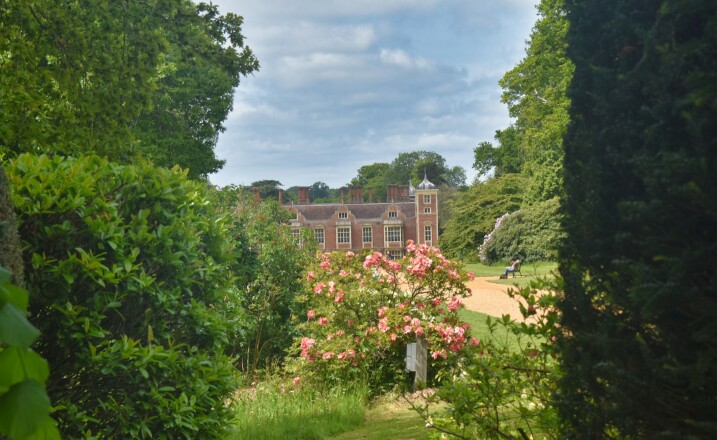
Famous for being the home of King Henry VIII’s second wife Anne Boleyn, Blickling Hall is a fine Jacobean stately home set in 5,000 acres of parkland, close to the town of Aylsham. The current house was built on the site of the Tudor building in 1616 for Sir Henry Hobart.
The Hall stands in 4,600 acres of woodland, parkland and farmland, which offer a variety of walks, with a wealth of things to discover including the quirky pyramid mausoleum made of 190,000 Portland stone blocks; The Queen's Green Canopy, part of a nationwide network of 70 Ancient Woodlands and Trees dedicated to The Queen in celebration of her Platinum Jubilee; the 2km wide lake which teems with wildlife; and Blickling Parish Church.
There is a network of marked walking trails ranging from 1.8 miles (2.9km) to 7.5 miles (12km), or you can just explore and make up your own route. The Park is 'three pawprint' rated, and dogs are welcome, although need to be kept on a lead in areas where livestock is present.
Image: Unsplash/Andrew Hall
Find out morePeddars Way
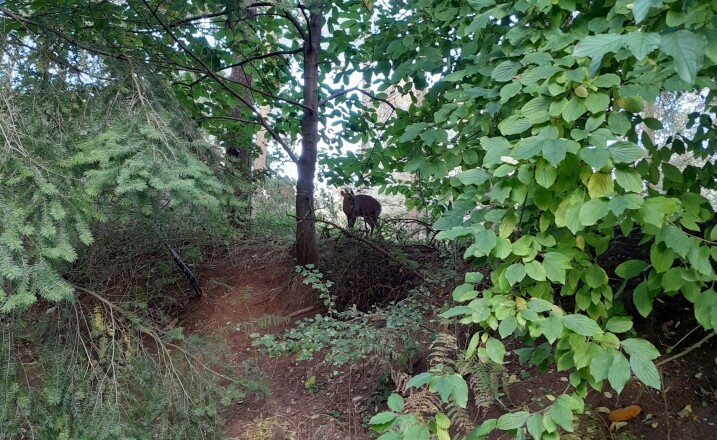
Another of Norfolk's long distance footpaths, the 46 mile (74km) Peddars Way follows a Roman road from Knettishall Heath, just over the border in Suffolk, to Holme-next-the-Sea near Hunstanton, where it connects with the North Norfolk Coastal Path. The name is said to be derived from the Latin pedester, which means 'on foot'.
The trail starts in the Brecks, a unique area of forest, heath and low river valleys, and wends northwards through ever-changing countryside before emerging at the North Sea.
Image: Unsplash/Thomas Underwood
Find out moreA Walk On The Wild Side
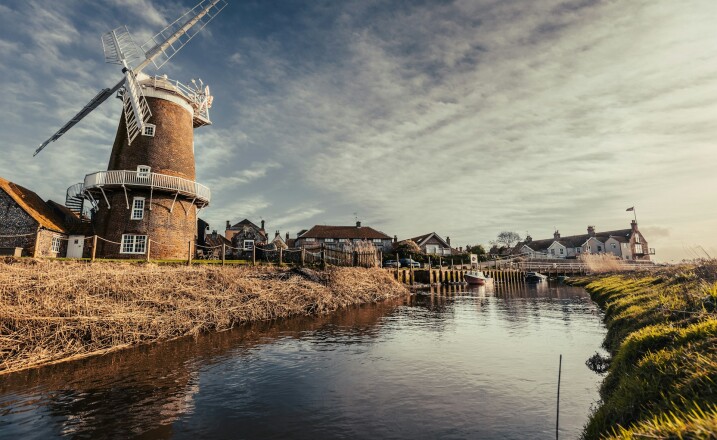
Run by the National Trust, 'Walk On The Wild Side' is an occasional two hour walk led by a ranger which enables you to explore the wildlife and secret history of Heigham Holmes, venturing off the beaten track and look out for wildlife along the way.
The events are free, but need to be booked in advance. You should wear walking boots or wellies, and it's recommended to bring binoculars if you have them. Dogs are not permitted.
Image: Unsplash/Ben Wicks
Find out morePaston Way
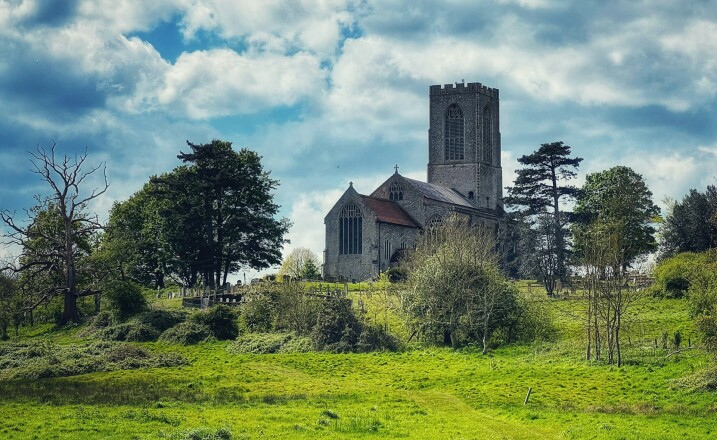
Paston Way is a 22 mile (35km) walk between Cromer and North Walsham, discovering the area's beautiful medieval churches.
Each church has its own hidden history and one was even moved brick by brick from a cliff top to save it from the sea.
To visit all 14 of the fine churches on the Paston Way, the trail covers 29.5 miles (47km).
In travelling church to church, the trail ambles down quiet lanes, through picturesque towns and villages, across vast arable fields, disused railway lines and quiet grazing pastures with views of the North Sea. Keep a look out for seals on the stretches of beach walk too.
The Paston Way takes its name from the Paston family who during the Medieval and Tudor periods were the dominant and wealthy landowners in the area through which much of the trail passes.
Image: Unsplash/Chris Spalton
Find out moreMarriott's Way

Marriott's Way is a 26 mile (42km) footpath, bridleway and cycle route which follows the routes of two disused railway lines, running between Aylsham and Norwich.
The route is named after the chief engineer and manager of the Midland and Great Northern Railway system William Marriott.
Countryside, wildlife, public art and a wealth of local history can be found along the way, whilst Marriott's Way itself is a county wildlife site and passes through many interesting landscapes and wildlife-rich habitats, such as the Wensum river valley and Whitwell Common.
Along Marriott's Way you may see a variety of birds, animals and plants including kestrels, owls, hares, deer, butterflies, primroses, orchids and even otters and kingfishers.
Image: Unsplash/Guy Sugden
Find out more